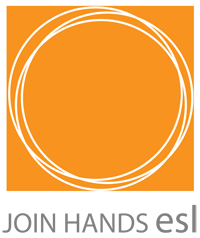Introduction
Join Hands East St. Louis, Inc. is a small, community-based nonprofit founded in 1990 to serve children and families in East St. Louis, Illinois.
In November 2022, the Join Hands ESL Board, staff, and stakeholders began a new planning process to update the 2018 – 2021 plan. Facilitated by a volunteer with experience in strategic planning, the process included stakeholder meetings with volunteers, staff, teens, and parents. A planning committee of board members and staff guided the process. The Board held a day long strategic planning retreat in February 2023.
Much progress has been made towards achieving the goals in the last plan, but beginning in early 2020, the Covid pandemic seriously impacted service delivery. Join Hands provides direct services to children and adults using volunteers. So, the in-person restrictions imposed by the pandemic affected participation by the children and families served, as well as the ability to recruit, train and use volunteers.
Despite the impact of the pandemic, Join Hands made significant progress on many goals in the 2018 Plan.
Successes include:
- Increased staff capacity to oversee and provide programming. Several positions have been added as discussed below, increasing capacity in all program areas.
- Developed a written Volunteer Manual.
- Improved program evaluation and outcome measures. Join Hands partnered with the Brown School of Social Work at Washington University to develop a “Logic model” for programs and outcomes.
- Added new teen programming (the Peace Warrior program) and opened a Teen Center.
- Conducted successful fundraising campaigns and special events.
- Increased operating budget to over $700,000 by 2022.
Several goals are ongoing such as creating an operating reserve. Increasing the number of program participants and volunteers was temporarily set back by the pandemic but is back on track with the new staffing infrastructure in place.
